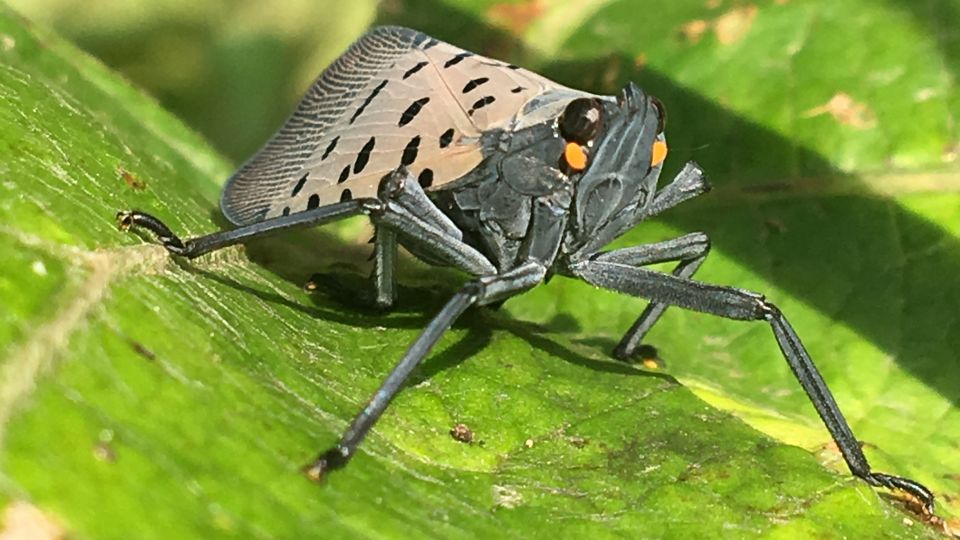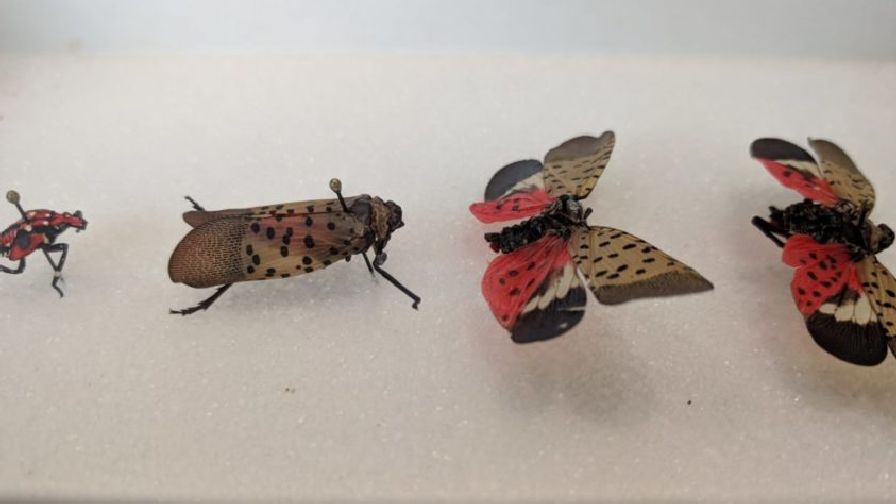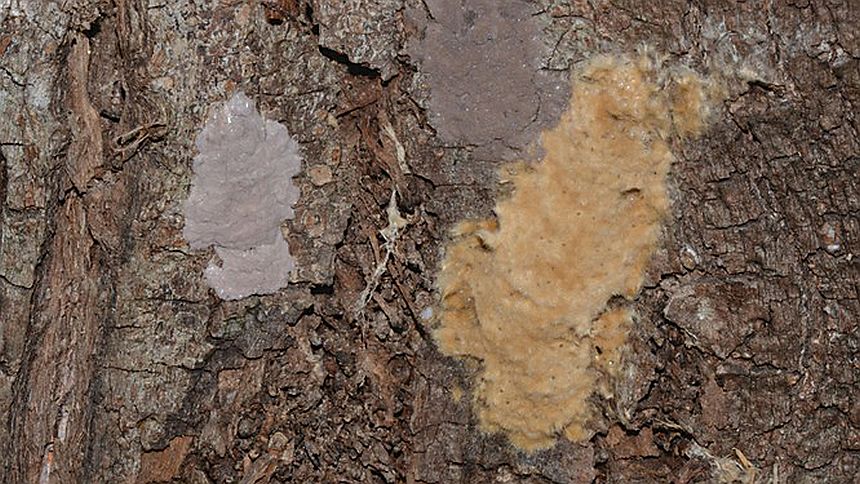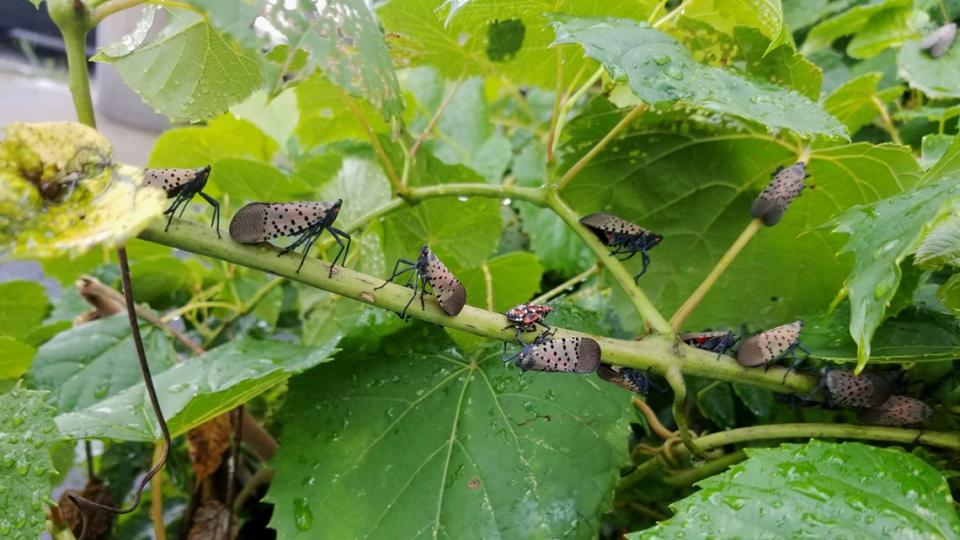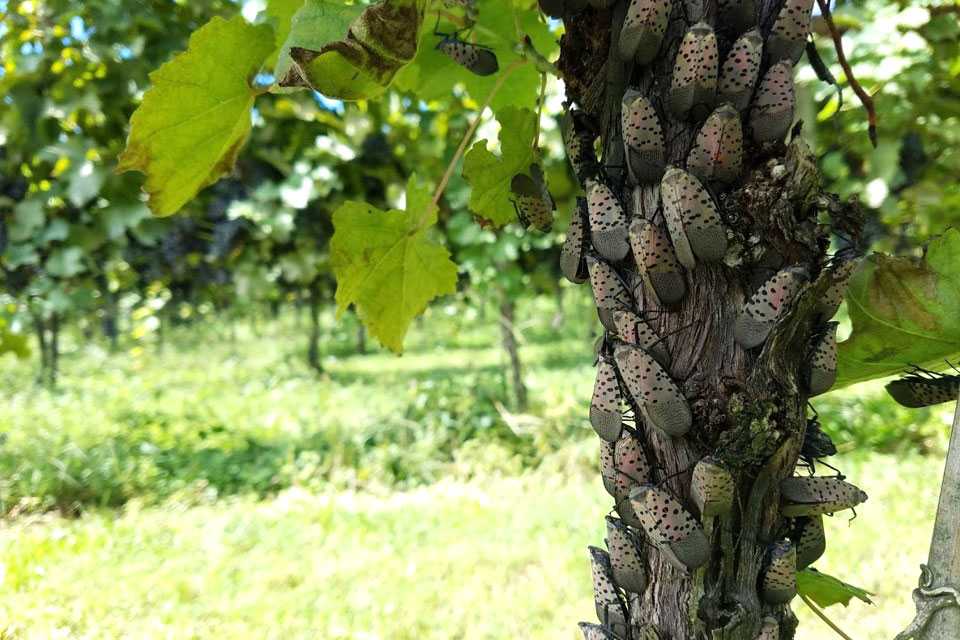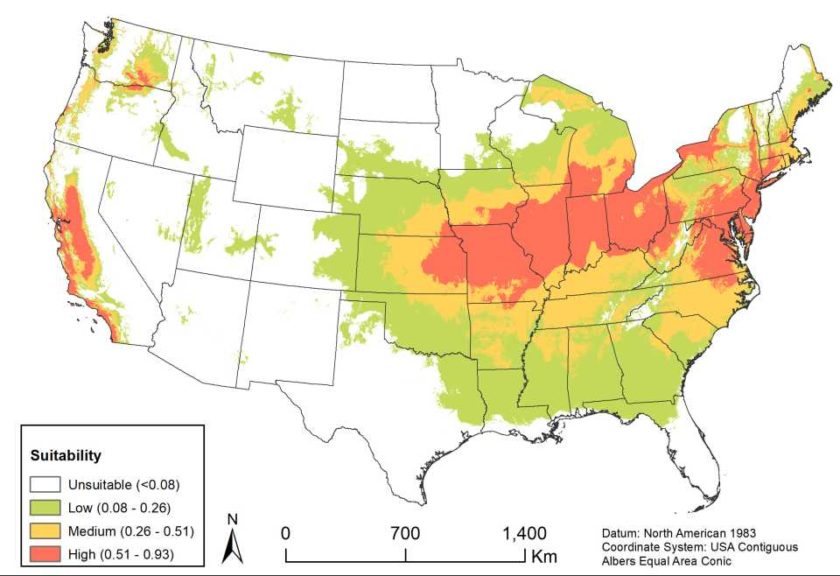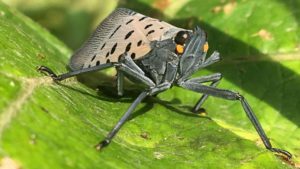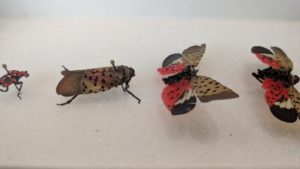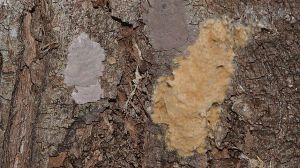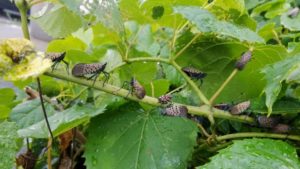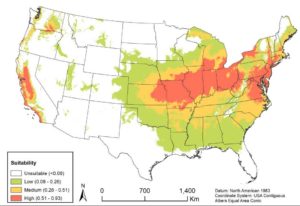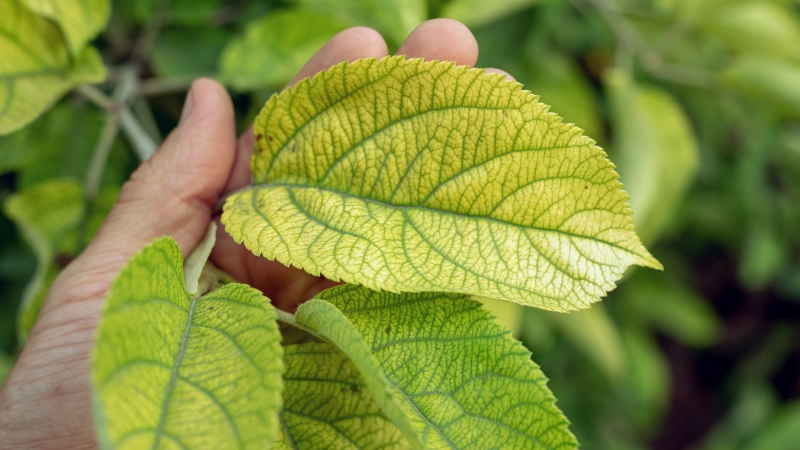Michigan Joins List of States Invaded by Spotted Lanternfly
The Michigan Department of Agriculture and Rural Development (MDARD) confirmed on Thursday the detection of a small population of spotted lanternfly (SLF) the previous week in Pontiac in Oakland County. This represents the state’s first such detection of the invasive bug.
“Although not unexpected, this is certainly tough news to share due to its potential for it to negatively impact Michigan’s grape industry,” MDARD Director Gary McDowell said. “Spotted lanternfly has been moving closer to the state over the last few years. MDARD, along with our state, local and federal partners, has been working tirelessly to inform and educate growers and the public about this highly invasive insect.”
Michigan is home to 10,900 acres of juice grapes and 3,375 acres of wine grapes, according to the 2020 USDA-NASS Grape Survey.
“MDARD and MDNR [Michigan Department of Natural Resources] are working with the U.S. Department of Agriculture to define the extent of the infestation,” Mike Philip, MDARD’s Pesticide and Plant Pest Management Division Director, said. “Although we can’t pinpoint exactly how it got here, it likely hitchhiked on nursery stock brought in from an infested state and has possibly been here for several months. We are in the assessment stage of response, but it is important to note that typical pest management techniques have not proven effective for eliminating the pest in other states.”
Spotted lanternfly is an invasive plant hopper native to eastern Asia. First found in the U.S. in 2014 in southeastern Pennsylvania, spotted lanternfly has spread rapidly through the eastern states. Confirmed observations of spotted lanternfly have since been recorded in Connecticut, Delaware, Indiana, Maryland, Massachusetts, New Jersey, New York, North Carolina, Ohio, Pennsylvania, Virginia, and West Virginia.
Spotted lanternfly moves easily on firewood, tires, campers, vehicles and more. Prevention and early detection are vital to limiting the spread of spotted lanternfly. Growers who find a spotted lanternfly egg mass, nymph or adult, should take one or more photos, make note of the date, time and location of the sighting, and report it online to Eyes in the Field. Photos are necessary to verify a report and to aid in identification.
Spotted lanternfly prefers to feed on the invasive tree-of-heaven (Ailanthus altissima) but also feeds on a wide range of plants, including grapes and trees such as black walnut, river birch, willow, sumac, and red maple. When feeding, spotted lanternfly produces a sticky liquid, honeydew, that can collect on the ground or surrounding vegetation. This results in the growth of sooty mold, which can discolor and kill plants.
“The research community is still learning about the spotted lanternfly and its potential for impacting our natural resources as well as treatments to eliminate this pest,” Joanne Foreman, invasive species communications coordinator for MDNR, said. “It also could have an effect on important timber species statewide. What the long-term impact might be is unknown.”




